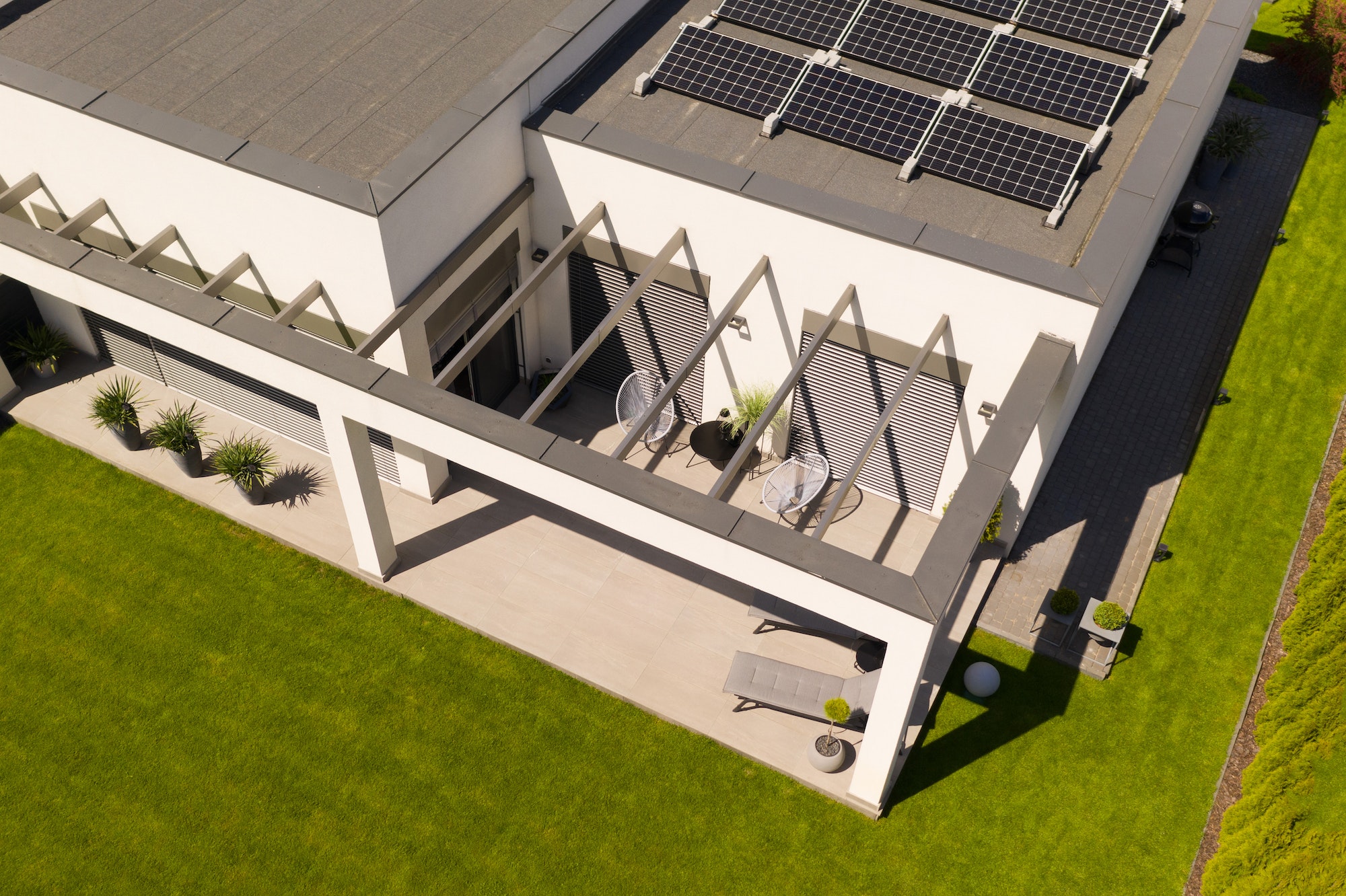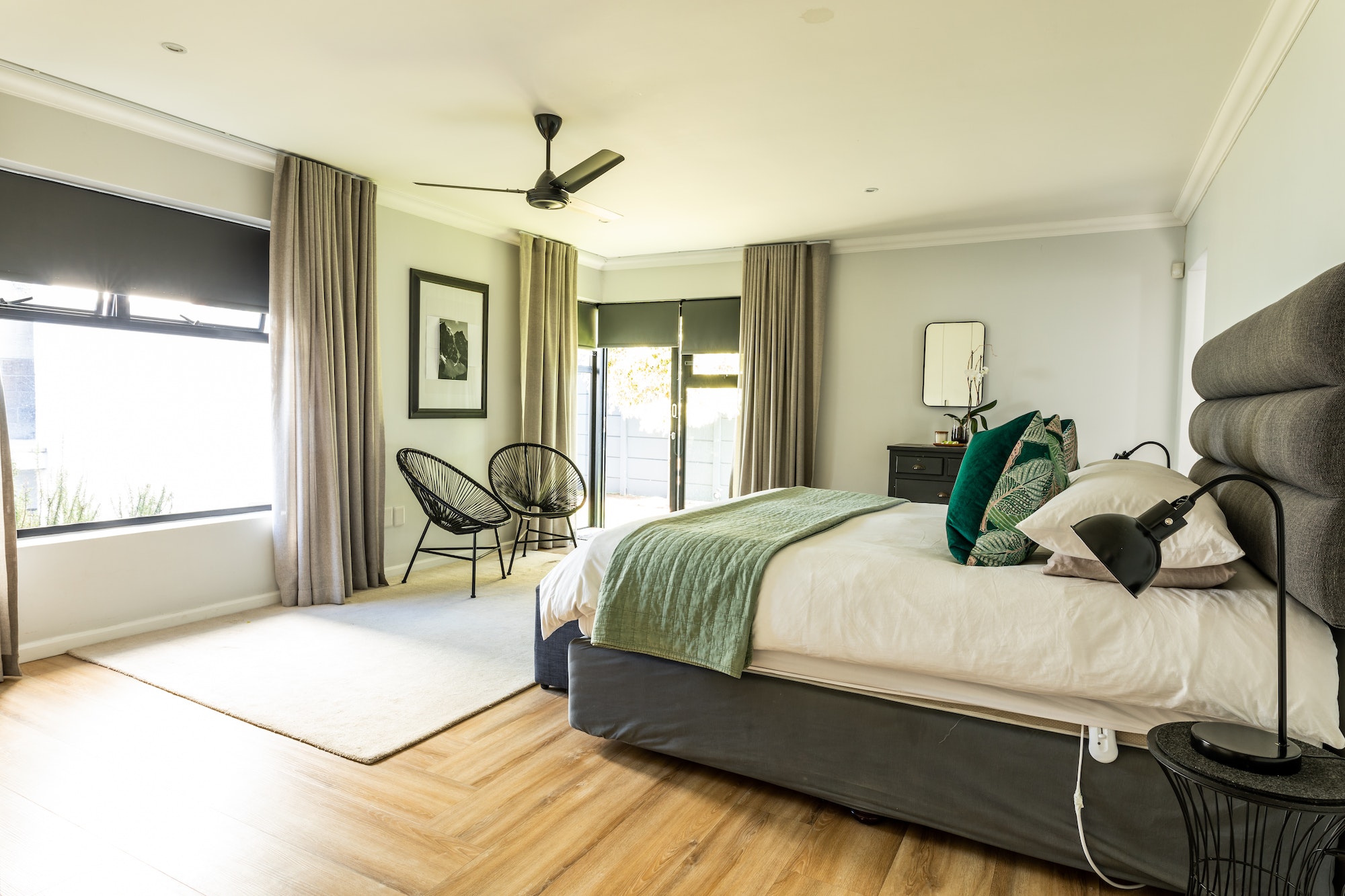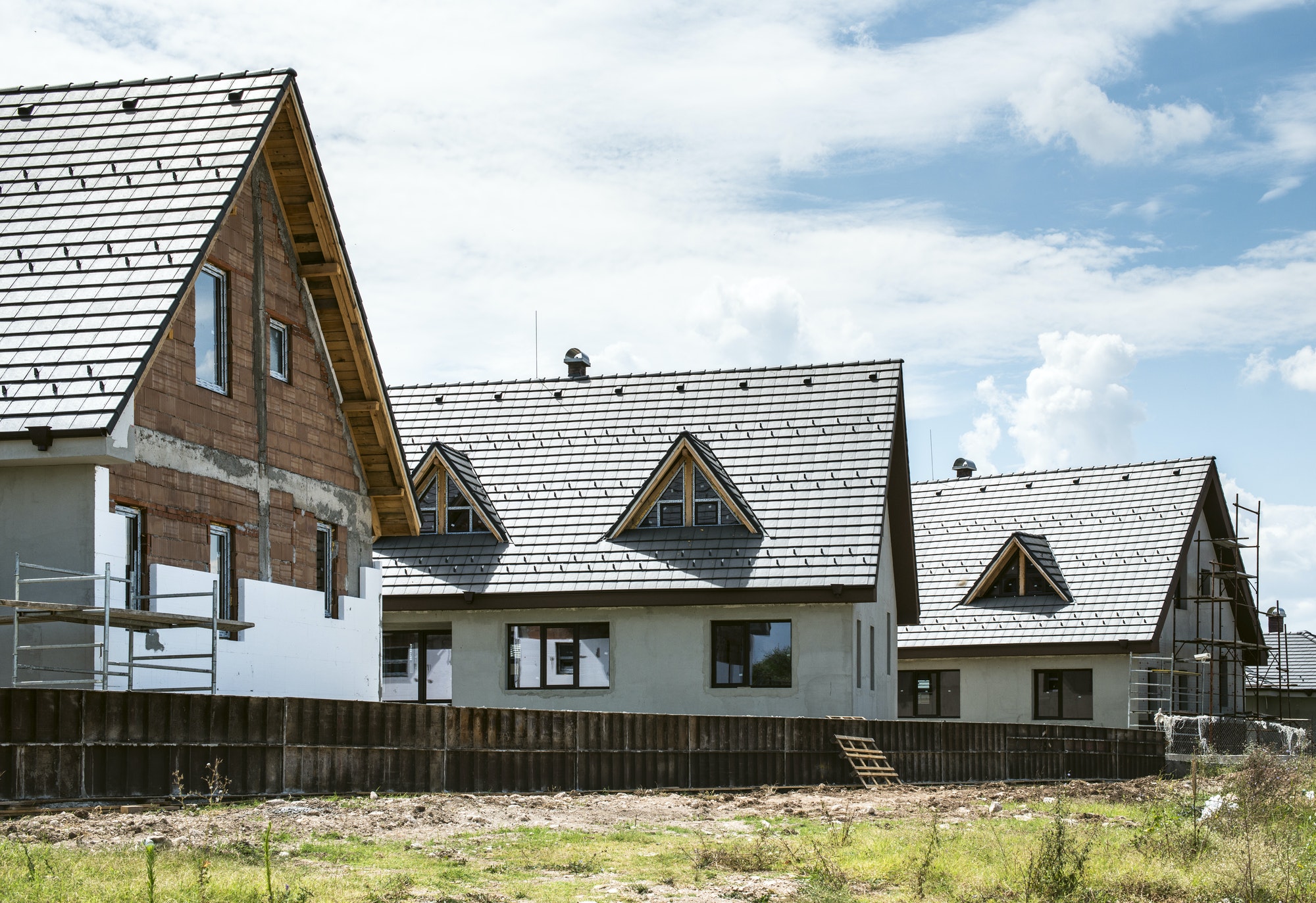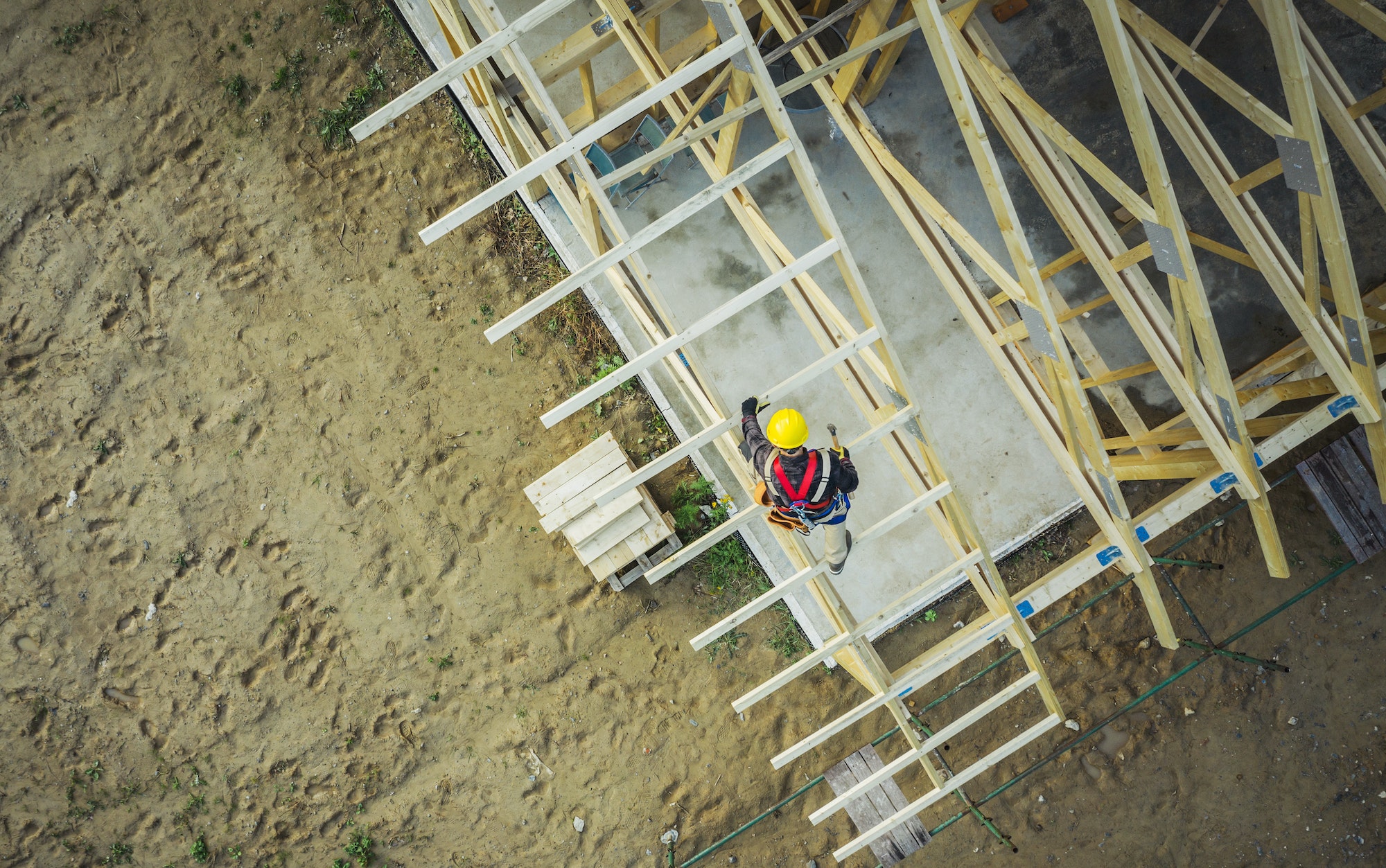Putting new grass in your yard is a pretty big deal. Not only does it take a lot of planning, but it can also represent a significant investment in your property. That being the case, it’s important to choose the right type of grass. Not only should you choose a grass that would look good in your yard, but you should also find a variety that will grow well and stay green, year after year. Zoysia, which is a warm-season grass, is popular in the southern US for its hardiness and aesthetic appeal.
However, there are quite a few varieties to choose from. For example, Palisades Zoysia is widely considered to be one of the best Zoysia varieties; then again, so is Zeon Zoysia. So which one should you choose? Hopefully, after reading the information below, you’ll have a better idea of which one would work best for your new lawn. If you still aren’t sure, you can always get in touch with a company like The Grass Store for more detailed information.
Palisades Zoysia summary
Let’s start by discussing Palisades Zoysia. It’s known for maintaining an impressive rate of growth in almost any weather condition (unless it’s dormant for the winter, of course). It has a medium to coarse texture and can tolerate the shade fairly well compared to some other Zoysia varieties.
Another thing it tolerates well is drought; Palisades Zoysia likes to put down deep roots, which is a feature that helps it survive dry conditions. Once it’s established in your yard, it’ll only need 1.5 to 2 inches of water per week in order to flourish.
If you’re looking for dense, dark-green grass for your lawn, this could be a great option. Unless you have areas of total shade, you can depend on this grass to give excellent coverage anywhere it’s planted. Even if certain parts of the property are subject to a high level of foot traffic, this grass can take it.
When it comes time to mow your Palisade Zoysia, you should ideally have a once-weekly schedule. This grass does best when it’s kept around 1.5 to 2 inches tall; if possible, it shouldn’t be allowed to grow over 3 inches.
This grass can be affected by various insects or diseases, but this is pretty rare. It’s a hardy variety, so as long as you maintain it properly and it stays healthy, you shouldn’t have to worry about any special treatments.
Zeon Zoysia summary
Zeon Zoysia’s claim to fame is that, in 2016, it was used on the Olympic golf course in Brazil. Want to have an Olympic-level lawn? Get some Zeon Zoysia.
Of course, you shouldn’t just choose this grass because it’s “famous”. You could also choose it because it’s so adaptable to weather extremes, or because it’s very tolerant of both shade and drought. It has fine blades of grass, with a medium green shade and a long growing season.
The result of these features is that you have a very low-maintenance yard that looks great, even if the weather conditions are less than ideal. Where Palisades Zoysia needs to be mowed at least once per week due to its fast growth, Zeon Zoysia grows a bit slower; you could mow it every seven to 10 days. For best results, you should wait until the grass reaches around 2 inches or so in height, and cut it down to 1 to 1.5 inches.
If you’re trying to cut down on the water bill, you’ll be interested to know that Zeon Zoysia only requires an inch of water per week to thrive. Just like the Palisades variety, it’s resistant to insects and disease as long as it’s properly maintained.
Tips for maintaining Zoysia grass
Regardless of which variety you choose, you’ll benefit from knowing the following tips.
- Applying fertilizer
Most lawns will need to be fertilized at some point since each year of growing a new crop of grass will deplete its nutrients a bit more. However, it’s best to fertilize only after testing your soil to determine which nutrients are getting low. Over-fertilization can be just as bad as nutrient depletion, so it’s important to get that balance right. Even if a nutrient imbalance doesn’t stress the grass out, it can cause too much thatch buildup that chokes the live grass.
In most cases, though, Zoysia grass will need nitrogen fertilizer – between two and four pounds for every 1,000 square feet. Sandy soil will need more, and clay-heavy soil will need less.
- Considering temperature before planting
Zoysia loves the heat, thriving in temperatures above 80 degrees. It will tolerate colder temperatures, but freezing conditions will cause it to go dormant for the rest of the winter. If you live in a cooler climate and have Zoysia grass in your lawn, your yard will be the first one to turn brown in the winter, and the last one to turn green in the spring.
- Watering correctly
Because Zoysia is a drought-resistant grass, it does best with just one watering per week. Morning watering times are best since this lets the excess moisture dry out during the day. It’s always better for grass to dry quickly after being watered, to reduce the chances of developing a fungal disease.
- Providing enough light
You may not be able to tell the sun when to shine, but you can plant your Zoysia grass in areas that receive several hours of sunlight daily. Some varieties are more tolerant of shade than others (like Zeon Zoysia), but this grass does best in full sunlight.
- Balancing the soil
Zoysia is pretty flexible where the pH balance of the soil is concerned. It can tolerate acidic soils up to a point, but a pH that’s under 6.0 will need time to correct it.
The takeaway
Palisades and Zeon Zoysia both have a lot to offer for those living in warmer climates. Now that you have all the facts, all you have to do is pick the one that would suit your yard best, and enjoy your new lawn!
Discover more from Futurist Architecture
Subscribe to get the latest posts sent to your email.




